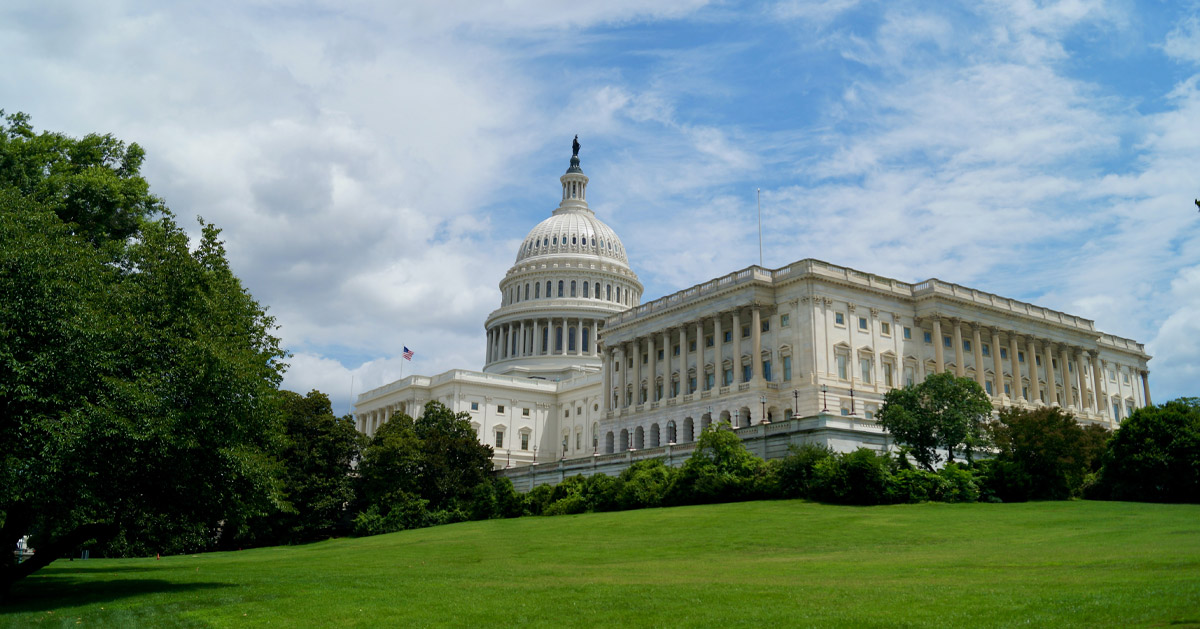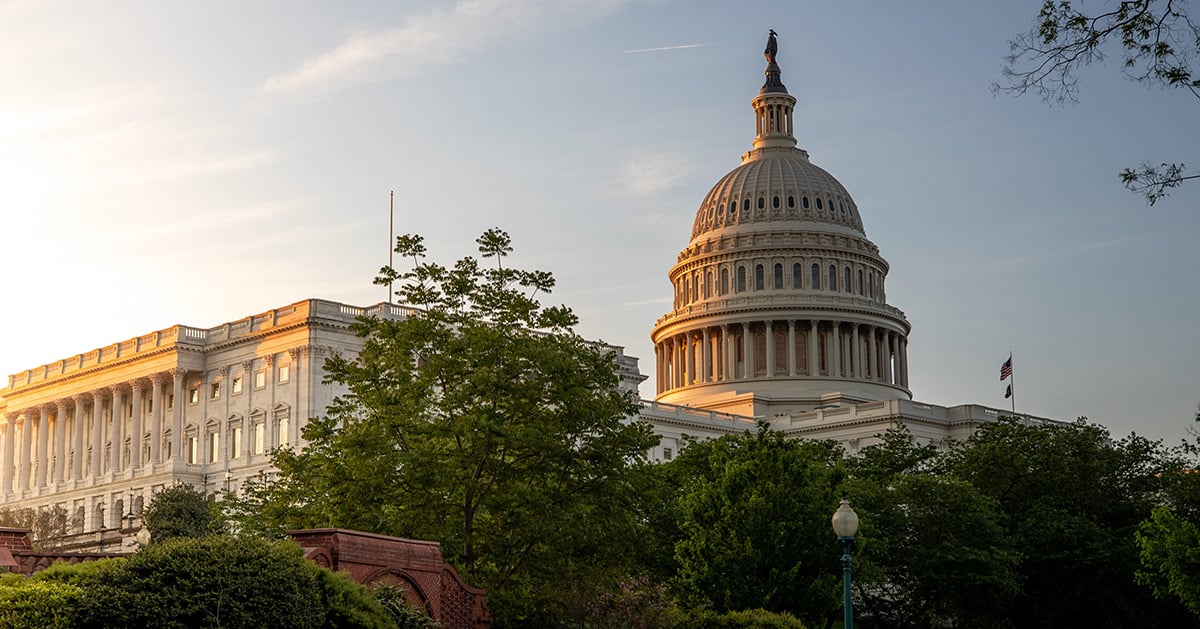As policy proposals like the Green New Deal have sparked a national debate, we’re thrilled about building efficiency taking to the main stage. Energy efficiency doesn’t always get the attention of other clean energy sectors despite its contribution to climate goals and bottom-line savings. Energy efficiency has experienced ebbs and flows in the mainstream media, mainly around volatility in energy costs, but now being buoyed by the renewed interest on Capitol Hill. Building efficiency is having its moment. While the Green New Deal is creating a national debate and welcome interest and enthusiasm for energy efficiency, the numbers show that energy efficiency is becoming more of a strategic imperative for businesses, not only generating savings but future-proofing facilities and so with or without the Green New Deal, business efficiency is on the rise.
Whether you manage a manufacturing facility or a large portfolio of warehouses scattered across the country, no matter what line of work you’re in, energy efficiency is smart business. Our clients in 44 states across America would agree, too.
That’s why we were thrilled when Redaptive and our very own Co-CEO John Rhow were featured in a recent article about the role of the Green New Deal on businesses by Fast Company: The Green New Deal could change the way America builds—here’s how.
The article’s author, Kelsey Campbell-Dollaghan, mentions the problem of emissions from buildings, rightly noting that “existing buildings hoover up about 40% of energy consumed in the U.S. and emit about 29% of greenhouse gases.”
We need business efficiency solutions. Upgrades to existing buildings can be logistically difficult and expensive. The author notes there are approximately 5.6 million commercial buildings in the United States. “There will be trillions of lightbulbs to replace,” Campbell-Dollaghan notes. “Millions of HVAC units to upgrade, operable windows and automatic shades to install, rooftops to paint with heat-reflecting paint, shade-giving trees to plant and photovoltaics to hook up. Miles and miles of wiring and sensors and automation platforms to get online so it can all be monitored and controlled.”
Who will do this work and pay for it, Campbell-Dollaghan asks? How will this be enforced, especially as building regulations are made locally, not in a centralized federal way?
That’s where Redaptive comes in. Kelsey Campbell-Dollaghan explains Redaptive’s value proposition to solve some of these business efficiency challenges. “It will not only pay for its clients’ energy retrofit, it will manage the project for them, too. The company then takes a percentage of the cash its clients save on their energy bill.”
John Rhow echoes this sentiment in his interview (go, John!) “We’ll pay for all of the costs of this upgrade [because] the savings attributable to these upgrades and technology is big enough that there’s, frankly, enough to go around for everybody,” John is quoted as saying in the article. The author also notes that Redaptive already created 5,500 jobs across 44 states.
The potential savings figures and the urgency are hard to argue with. Efficiency-as-a-Service is saving companies money, creating jobs and helping reduce carbon emissions from buildings, one of the largest sources of emissions in the U.S. We’ve long been screaming from the rooftops that energy efficiency isn’t just good for reducing business operating costs; it’s also good for lowering your carbon footprint. We’re just glad that other folks are finally starting to see it, too.
We’ve been saying and doing this for years – even before the Green New Deal became a heated discussion topic for businesses. No matter where you stand on the Green New Deal, one thing is clear: the awareness of the issues that it’s bringing to the national discourse is timely, necessary and, as we like to say, energizing.





